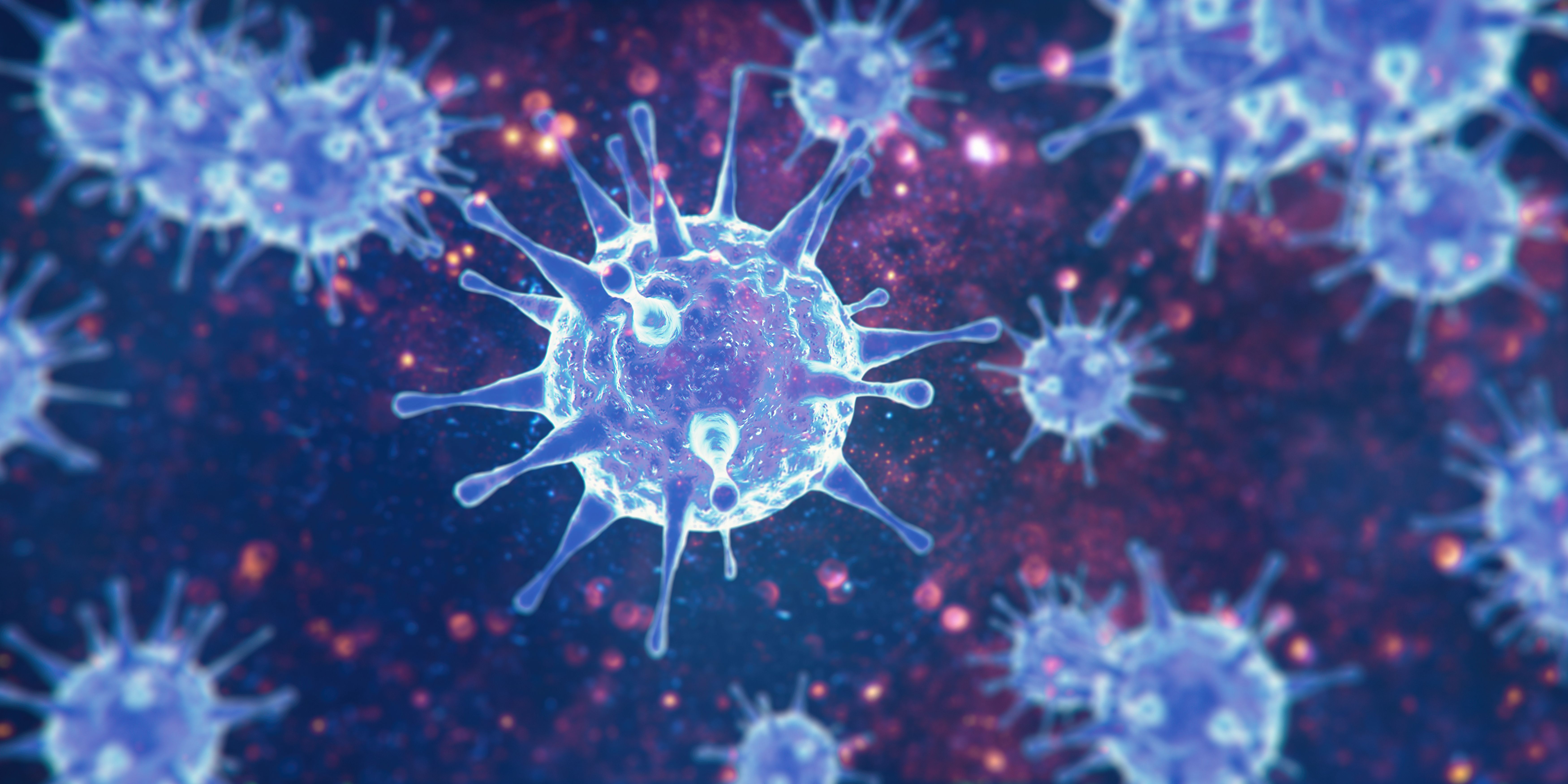
News
Article
Study: Ultraviolet Light Could Destroy Coronavirus Particles
Author(s):
The researchers found that the genomic material was extremely sensitive to the degradation.
Ultraviolet light could be effective in destroying infectious coronavirus particles that contaminate surfaces, according to research conducted by the University of Southampton.
Image credit: Thaut Images | stock.adobe.com

“SARS-CoV-2 viral particles are composed of a core of nucleic acid chains that contain the genetic information of the virus, surrounded by a lipid membrane with proteinous spikes sticking out. Each component is necessary for infection,” said press release authors.
Scientists from the University of Southampton led by Sumeet Mahajan, PhD, connected with the company M Squared Lasers and aimed to evaluate how an ultraviolet laser light could destroy the virus, despite each of the necessary factors to reach infection—with the intention of evaluating how it could work in different environments.
The researchers used ultraviolet-C (UVC) light in the study because of what was previously known about its disinfectant properties. Research has shown that UVC frequencies below 280nm can reach the earth’s surface from the sun.
“UVC light is strongly absorbed by different viral components, including the genetic material (~260nm) and the proteinous spikes (~230nm),” said press release authors.
The research team chose laser frequencies of 266nm and 227nm to test their theory.
In their research, the scientists used a specialized ultraviolet laser light set to 2 different wavelengths. The study authors noted that they found how each viral element decreased when placed under the bright light of the laser.
The results found that the laser frequency of 266nm caused low powers of RNA damage, impacting the genetic information that is needed in the virus. The 266nm light also was reported to damage the structure of the SARS-CoV-2 spike protein.
Compared to the 266nm light, the 227nm light was less effective in causing RNA damage. However, the results showed that it was more effective at interfering with proteins through oxidation. The researchers found that the genomic material was extremely sensitive to the degradation.
Light-based deactivation has recently become more popular because of the lack of successful liquid-based deactivation methods. The study authors noted that more knowledge on how light could decrease the spread of infection could be an important tool when the technology is introduced.
“Light deactivation of airborne viruses offers a versatile tool for disinfection of our public spaces and sensitive equipment that may otherwise prove difficult to decontaminate with conventional methods. Now we understand the differential sensitivity of molecular components in viruses to light deactivation this opens up the possibility of a finely tuned disinfection technology,” said Mahajan, in a press release.
Reference
Scientists discover how ultraviolet light degrades coronavirus. EurekAlert!. News release. January 10, 2024. Accessed January 15, 2024. https://www.eurekalert.org/news-releases/1030775.
Newsletter
Stay informed on drug updates, treatment guidelines, and pharmacy practice trends—subscribe to Pharmacy Times for weekly clinical insights.
2 Commerce Drive
Cranbury, NJ 08512
All rights reserved.




